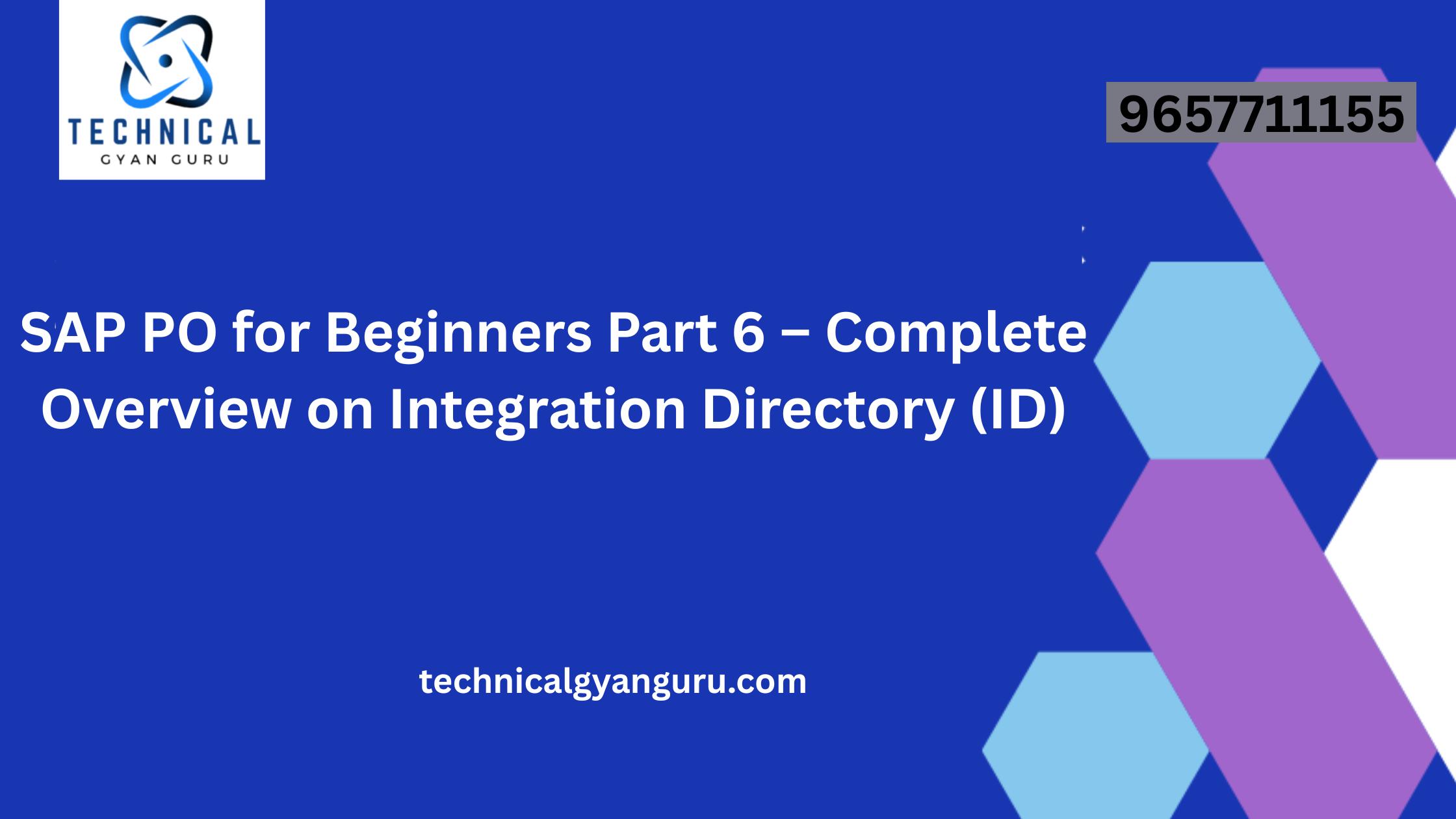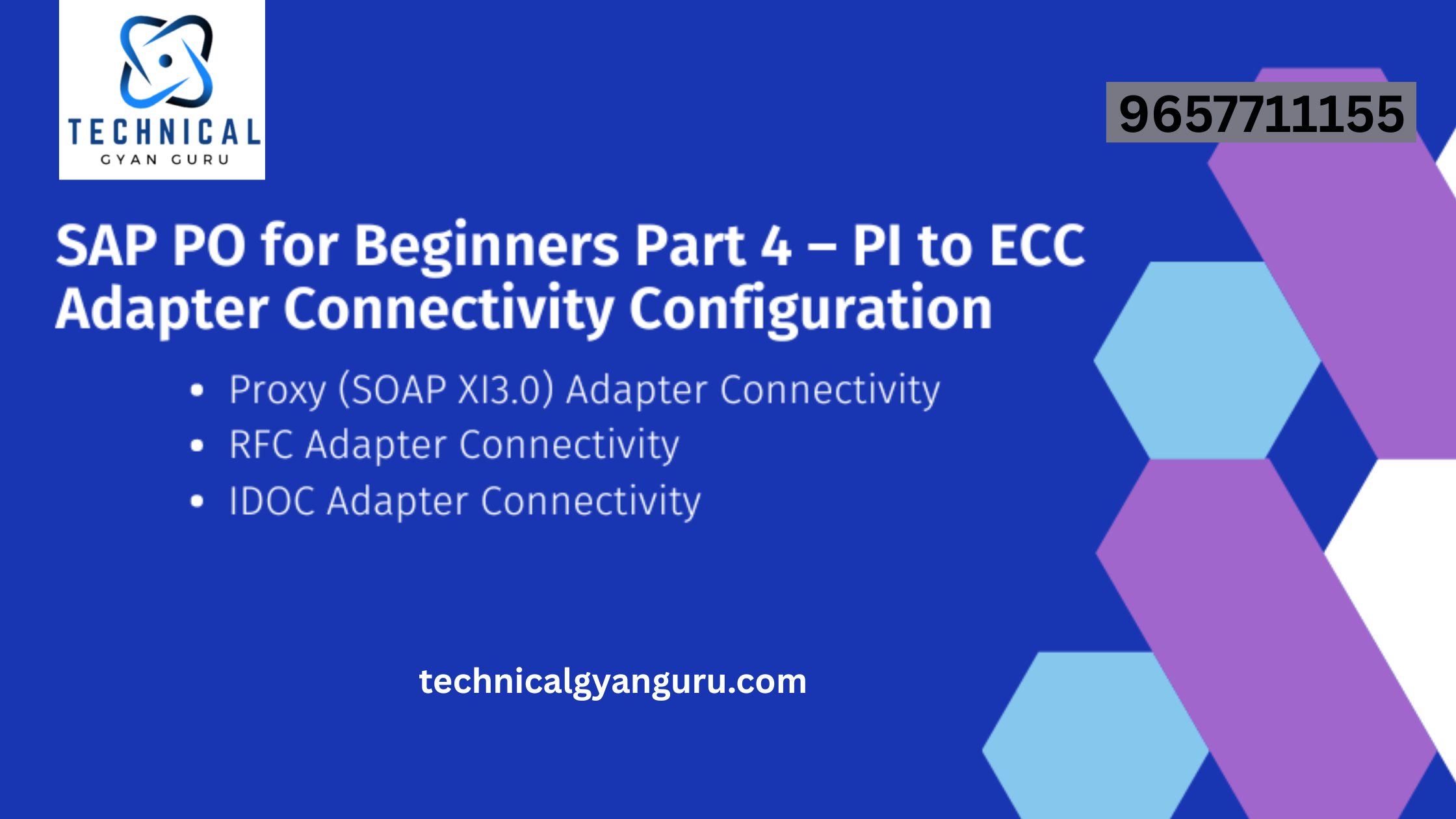
Definition : SAP Data Migration to SAP S/4HANA
SAP Data Migration to SAP S/4HANA: Migration objects are delivered by SAP and they describe how to migrate data from the source system to the SAP S/4HANA system. That means these migration objects contain information about which tables are needed and the relationships between the tables for migrating the data
Data Migration
SAP enables data migration to SAP S/4HANA for customers coming from any legacy system. SAP S/4HANA customers can take advantage of reliable migration approaches built into SAP S/4HANA using the SAP S/4HANA Migration Cockpit together with a set of predefined data migration objects. SAP Data Migration to SAP S/4HANA

The image map on the left allows you to explore the topics of data migration. Choose an element to see more information.
Data migration, in simple terms, can be referred to as the process of selection, preparation, selection, transformation and transferring of data from one system to another. Along with the data transfer between systems, it can also involve data transfer between various formats and applications. While the requirements of the data migration process can vary, it is generally used in scenarios where data needs to be upgraded from one server to another, a new application needs to be added, or a newly found company to integrate their resources. As the data migration process can be a key process for business continuity, it needs to involve careful planning around data destinations, security, pricing, performance and reliability. SAP Data Migration to SAP S/4HANA

Data migration process for a new implementation
The data migration process for a new implementation is done in six stages. In the first stage, the migration objects are selected and in the next stage, the required data is obtained from the source. As seen from the above figure, “Get data” stage can involve data reading using either a file, staging table or a direct reading process. Once the data has been extracted from stage two, the next stage involves data mapping and transformation, and may also include re-modelling to represent customer requirements. The fourth stage called simulation allows the users to view the data posting on to a new system and find any discrepancies in the migration process. The last two stages involve executing the actual migration of data depending on if migration is required to be on-premise or on the cloud.
SAP S/4 HANA uses a migration tool called Migration Cockpit which is available for both on-premise and cloud editions. The two key concepts in Migration Cockpit are Migration Projects (for data transfer to SAP S/4 HANA from SAP) and Migration Objects (predefined SAP to use the migration of a large number of objects).
As discussed earlier, stage two of the data migration process involves data reading and three possible methods that can be used in this stage are files, staging tables and directly from SAP.

File and staging approach
The data transfer from files is available on both S/4 HANA on-premise and S/4 HANA cloud. The file size for data transfer is limited, hence it can only be used to transfer files of small to medium sizes. The migration template files for this process require them to be manually filled before they are processed and uploaded to on-premise or cloud.
The staging tables approach for data migration is also available on both S/4 HANA on-premise and S/4 HANA cloud. However, it allows large volumes of data to be migrated through this process which differentiates it from the first approach. This approach uses staging tables that need to be pre-filled before data transfer happens. These staging tables can be filled using any ETL (extract, transform and load) tools. The ETL tools that could be used for this process include Informatica, BODS and others. Just like the files approach, the staging tables approach can be used with an SAP source system as well as a non-SAP source system.
Conclusion
Summarize the key points discussed throughout the article, emphasizing the transformative power of SAP data migration to SAP S/4HANA.







